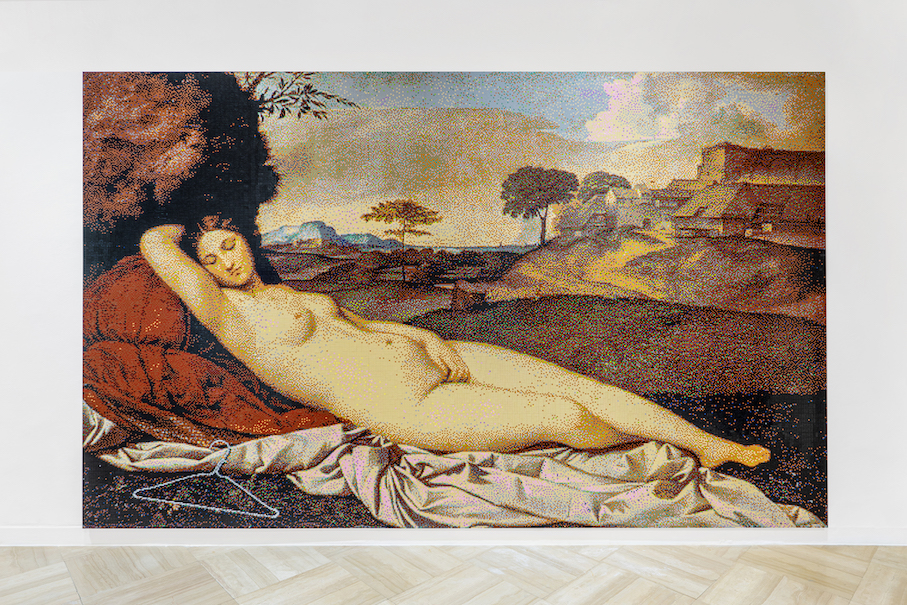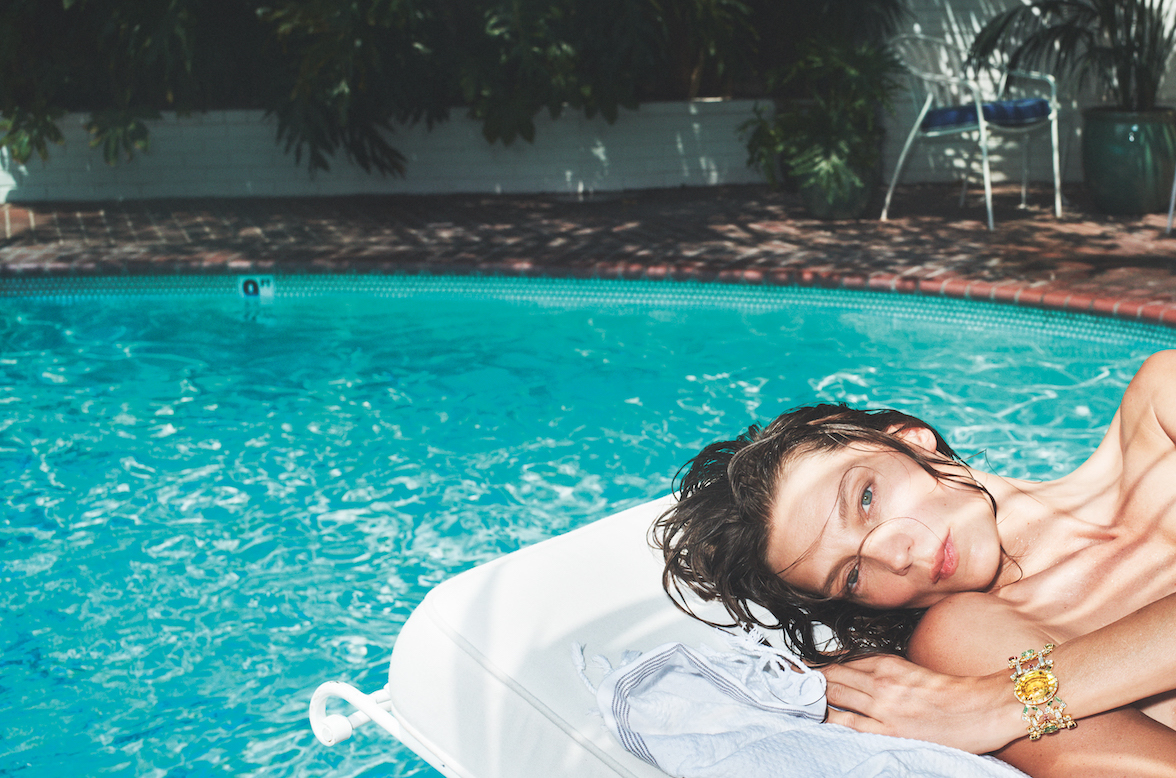One of the loveliest exhibitions this summer is “The Language of Flowers,” on view at the Gucci Museo in Florence, Italy. It is curated by the director of Palazzo Grassi, Martin Bethenod, and is the seventh installment of the Pinault Collection at the museum. On view through September 20, the show explores floral iconography in the work of artists like Valérie Belin, Marlene Dumas, Latifa Echakhch, and Irving Penn, produced between 1967 and 2012. Whitewall spoke with Bethenod about the exhibition.
WHITEWALL: How did you select the artists for this show?
MARTIN BETHENOD: The principle of Pinault Collection’s program at Gucci Museo is to alternate solo exhibitions and group shows. The idea has been, after Camille Henrot’s personal set-up, to put forward a thematic presentation gathering artists from different generations and origins, working with different mediums – such as painting, photography, installation – but all closely related to the collection. This settled, selecting their works has been quite straightforward; the main criteria have been their connection with the elected theme and their ability to interact and throw light upon each other.
WW: What concepts do these floral works deal with? What can flowers reveal to us?
MB: What I find particularly striking is the way in which a motif, associated a priori with lightness, futility, and the ornamental, refers here mostly to serious issues: vanity, mourning, absence – and even politics, like Latifa Echakhch’s work, for example, which is linked to the revolutionary events of the Arab Spring.
WW: How did the thematic link to Gucci’s iconic Flora motif inform your curatorial decisions?
MB: There is no direct link; the issue is not to illustrate, nor to try and force at any cost, a connection between practices and inspirations very remote from each other. We are working rather with the idea of counterpoint, contrast and aloofness between very different universes.
Echakhch’s work, which had already been shown in 2014 at Palazzo Grassi, is a central piece in this show. Beyond its simplicity and the installation’s fragility, it conveys an extraordinary poetical strength.
WW: Three of the four artists represented are women, whose works date from the last decade. However, the fourth is Irving Penn, who’s a man and whose photos date from the 60s. How was his work added to the mix, and how do you see it creating a dialogue with the other pieces in the show?
MB: Penn’s work is suffused with the idea of time flying, the vanity of life and the ephemeral nature of all things ; portraits, fashion photographs, ethnographic pictures…all testify to something about to disappear and showcase photography as an attempt to bestow some eternity upon them. What I found interesting was to present pictures that were not fashion pictures, but still-lifes, nearly conceptual works.
WW: One of the initial programming ideas for the Gucci Museo was to have a series of shows that focus on female artists; do you see this show as continuing that theme?
MB: Absolutely. This remains the common thread of our program. But I believe we are well established enough, by now, to allow ourselves, from time to time, to show a few works by male artists as well!










